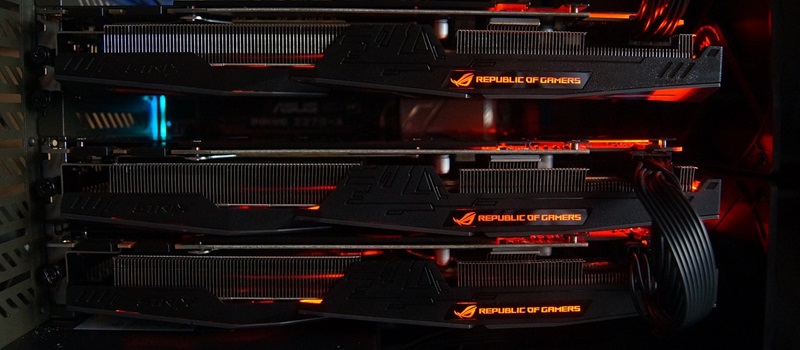In recent rumors circulating the tech world, Nvidia is said to be working on a new version of its RTX 4090 graphics card, purportedly downsized in some way. This comes as a response to the current US import ban, which prevents Nvidia from selling high-performance AI cards like the RTX 4090 in China. The development of a downsized variant, called the RTX 4090 D, built around the AD102-250 chip, could potentially allow Nvidia to penetrate the Chinese market.
Details of the RTX 4090 D
The alleged RTX 4090 D is expected to utilize the AD102-250 chip, while the full-fat RTX 4090 employs the AD102-300 (and AD102-301) chipset. Although there is no official confirmation or detailed specifications yet, this move makes sense in light of the import ban that hindered Nvidia’s sales in China.
The proposed purpose behind the development of the RTX 4090 D is to create a flagship GPU variant that falls just below the performance threshold at which cards are typically blocked for export to China. By offering a slightly reduced performance level, Nvidia intends to bypass the import ban and cater to the high demand for advanced graphics cards in the Chinese market.
Uncertainty Surrounding the RTX 4090
Currently, there is a lack of concrete information regarding the exact specifications and release plans for the RTX 4090. Nvidia may still be deciding on the best approach to take with this potential product. The company needs to carefully consider market demands, competition, and the impact on its existing product lineup.
Maintaining Sales in the Chinese Market
China represents a vast and lucrative territory for Nvidia. In order to keep sales flowing and capitalize on the growing demand for GPUs, Nvidia aims to ensure it has offerings that can meet the needs and preferences of Chinese consumers. The RTX 4090 D, if released, would allow Nvidia to cater specifically to the Chinese market.
Potential Clash with the RTX 4080 Super
One challenge Nvidia may face is avoiding a direct clash with its upcoming RTX 4080 Super. As both cards might target similar market segments, Nvidia will need to carefully differentiate them to prevent cannibalization of sales. The company will likely aim to position the RTX 4090 D as a unique offering with distinct features and capabilities.
Caution for Potential Buyers
For enthusiasts who may find the RTX 4090 D intriguing, it is important to consider potential drawbacks. While the reduced performance may make the card accessible within the Chinese market, it might fall short of meeting the expectations of global consumers seeking the full power of the RTX 4090. Buyers should carefully assess their specific requirements before making a purchasing decision.
Localization for the Chinese Market
Given the speculation surrounding the “Dragon” name associated with the RTX 4090 D, it is highly likely that this graphics card will be exclusively released in China. This strategy enables Nvidia to tailor the product to the specific preferences and demands of Chinese consumers, potentially offering unique features that cater to their gaming and AI needs.
Premium Pricing and Market Demand
Nvidia, realizing the immense demand for high-end graphics cards, will likely capitalize on the scarcity and charge a premium for the RTX 4090 D. The combination of limited supply and high-performance capabilities could entice Chinese consumers to invest in this exclusive variant, boosting both Nvidia’s revenue and its market share in the region.
While the development of a cut-down version of the RTX 4090 is purely speculative at this point, the rumors surrounding the RTX 4090 D provide interesting insights into Nvidia’s strategic decisions in response to the US-China import ban. If Nvidia proceeds with this approach, they have the potential to cater to the Chinese market’s demands, maintain sales, and establish a strong foothold. However, Nvidia must carefully navigate the release of the RTX 4090 D to ensure it does not clash with their existing product lineup, such as the upcoming RTX 4080 Super. As avid consumers eagerly await further details from Nvidia, the graphics card industry is poised for an exciting shift.

